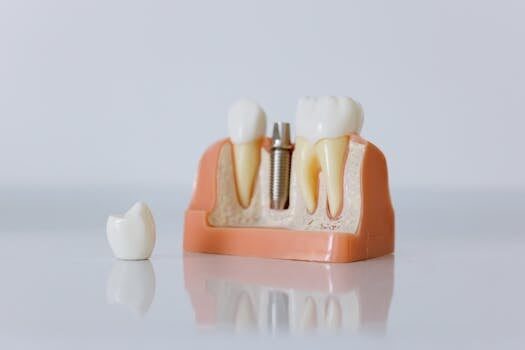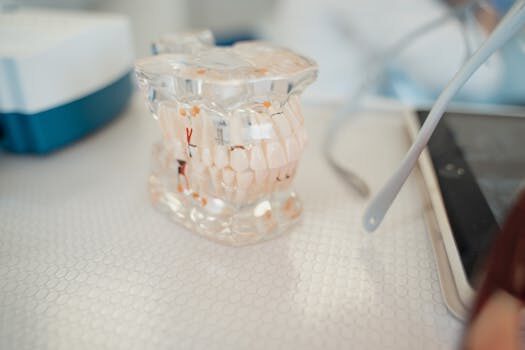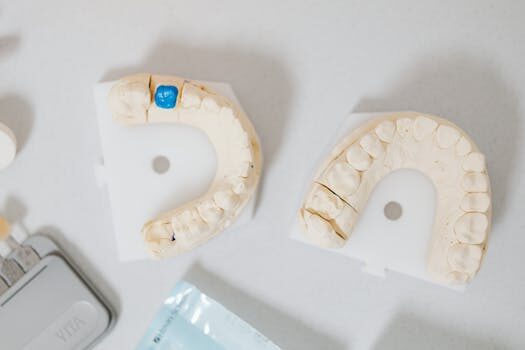Implantation bleeding: when it happens and what it looks like

Implantation bleeding is a common phenomenon that many women may experience during early pregnancy. Understanding this occurrence can help in identifying early pregnancy signs and symptoms. In this article, we will explore implantation bleeding: when it happens and what it looks like, along with various related aspects.
What is implantation bleeding?
Implantation bleeding refers to light spotting that can occur when a fertilized egg attaches itself to the uterine lining. This process usually takes place around 10 to 14 days after conception. Although it may be alarming for some, it is a normal part of early pregnancy and typically does not indicate any issues.
The spotting associated with implantation bleeding is generally lighter and shorter in duration compared to a menstrual period. Many women often describe it as a pinkish or brownish discharge, which can sometimes lead to confusion with their menstrual cycle.
Understanding the signs and symptoms of implantation bleeding is essential for women trying to conceive. It can serve as an early indicator that pregnancy has occurred, especially in conjunction with other symptoms like mild cramping.
Understanding implantation bleeding: when does it occur?
Implantation bleeding usually occurs around the time a woman would expect her next period, which can lead to uncertainty. This spotting typically happens when the fertilized egg implants into the uterine lining, which can cause light bleeding or spotting.
The timing of implantation bleeding varies from woman to woman, but it generally occurs one week before the menstrual period. This is crucial for women to understand as they try to identify potential signs of early pregnancy.

Factors such as the regularity of a woman’s menstrual cycle can impact how noticeable implantation bleeding might be. Women with irregular cycles may find it more challenging to distinguish between their menstrual period and implantation bleeding.
What does implantation bleeding look like?
Implantation bleeding can be characterized by its distinct appearance. Typically, the bleeding is much lighter than a regular menstrual period and often appears pinkish or brownish rather than bright red. This color difference is a significant factor in distinguishing it from typical menstrual bleeding.
- Color: Pink or brownish, indicating older blood.
- Flow: Light spotting, much less than a regular period.
- Duration: Lasts a few hours to three days.
Additionally, implantation bleeding does not usually involve significant clotting, which can further differentiate it from menstruation. Women experiencing this type of bleeding may also notice mild cramping that accompanies the spotting.
How long does implantation bleeding last?
The duration of implantation bleeding can vary among women. Generally, it lasts anywhere from a few hours to three days, making it a temporary phenomenon. This short duration is one of the key factors that set it apart from a typical menstrual period.
Unlike menstruation, which can last several days, implantation bleeding is typically brief. Women may find this short duration to be reassuring, especially if they are trying to conceive and are concerned about their symptoms.
It is important to note that while most women experience implantation bleeding for a short time, some may not experience it at all. This variation is perfectly normal and does not indicate a problem with the pregnancy.

Is implantation bleeding common in early pregnancy?
Implantation bleeding is relatively common, occurring in about one-third of women who become pregnant. This statistic suggests that many women may experience this symptom without realizing its significance.
For those trying to conceive, recognizing the signs of early pregnancy, including implantation bleeding, can help in determining their pregnancy status sooner rather than later. However, it is essential to remember that not all women will experience this symptom.
Factors such as hormonal changes and individual body responses can influence whether a woman will experience implantation bleeding during early pregnancy. Understanding this can help manage expectations during the early stages of conception.
How to differentiate implantation bleeding from a period?
Distinguishing between implantation bleeding and menstruation is crucial for women trying to conceive. Here are some key differences:
- Color: Implantation bleeding is usually pink or brown, while menstrual bleeding is bright red.
- Flow: Implantation bleeding is lighter and may not require a pad or tampon.
- Duration: Implantation bleeding lasts a few hours to three days, while a menstrual period typically lasts longer.
Understanding these differences can empower women to identify early signs of pregnancy more accurately. If there is any doubt, tracking symptoms and consulting with a healthcare provider can provide additional clarity.
When should you call a doctor regarding implantation bleeding?
Most cases of implantation bleeding do not require medical attention. However, there are certain situations where it is advisable to consult a doctor. If the spotting is accompanied by severe cramping, heavy bleeding, or any other concerning symptoms, it is essential to seek medical advice.

Additionally, if a woman has a history of miscarriage or ectopic pregnancy, it is wise to discuss any unusual bleeding with a healthcare professional promptly. Monitoring symptoms closely can help ensure a healthy pregnancy.
It is also important to remember that while implantation bleeding can be a positive sign, other factors can cause spotting as well. If there is any uncertainty, it’s always best to err on the side of caution and contact a healthcare provider.
Related questions about implantation bleeding
How can I tell if it's implantation bleeding?
The best way to distinguish implantation bleeding is to pay attention to the color, flow, and duration of the spotting. If the bleeding is light, pink or brownish, and lasts only a few hours to three days, it is likely implantation bleeding. Additionally, remaining aware of any accompanying symptoms, such as mild cramping, can provide further evidence.
How do I know if implantation has occurred?
Implantation is confirmed when light spotting occurs around the time of expected menstruation, along with other signs of early pregnancy, such as breast tenderness and mood changes. Taking a home pregnancy test after a few days of noticing these symptoms can also provide further confirmation.
What can be mistaken for implantation bleeding?
Menstrual bleeding, cervical irritation, or other types of spotting can often be mistaken for implantation bleeding. It's crucial to observe the characteristics of the bleeding, including timing and flow, to differentiate between these occurrences.
What does implantation actually look like?
Implantation bleeding typically appears as light spotting, often pink or brownish in color, and is associated with minimal flow. Unlike a typical menstrual period, which can be bright red and more substantial, implantation bleeding is usually brief and does not involve clotting.

If you're interested in learning more about implantation bleeding and its implications during early pregnancy, check out this informative video: